The Bockenheim Network Rescues Robert Eisenstädt
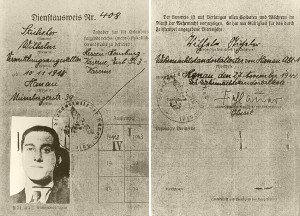
In autumn 1942 Welke found out from Swiss helpers that refugees who had reached Switzerland were sent back to Nazi Germany and thereby destined to a certain death. The only exceptions were minor age children and social hardship cases, for example pregnant women and their relatives. Robert Eisenstädt did not want to flee by himself but wanted to take his fiancé Eva Müller with him. As she herself was a Hungarian Jew and also endangered detailed escape plans were prepared.
What if Eva Müller was pregnant? When would an escape than have to be suspended? Where should Robert Eisenstädt live in hiding until then? Eisenstädt wrote about these plans in his memoires: “Dr. Kahl found out that Switzerland was not able to take more refugees in, except pregnant women or people with small children. I was not able to sire a child. Dr. Kahl examined my sperms and discovered that a very few were alive. He separated them and performed an artificial insemination. It worked. When Eva’s pregnancy became visible we had to make a move.”
Robert Eisenstädt received a fake service card from his sister’s fiancé Hans Waider at the end of November 1942 in order to tie him over during his illegal stay in Frankfurt and Hanau. Hans Waider and Martha Eisenstädt were not allowed to marry on account of the “Nuremberg Laws”. They had a small son Heinz who was born in 1938. It was discussed that Martha and her child should go into hiding in Waider’s parents’ garden hut. However, these plans were shattered and Waider was very affected when he found out about her deportation. None-the-less, he was prepared to help Martha’s brother. He stole an ID card from a Wehrmacht office and offered groceries as well as the garden hut as a place of refuge. Eisenstädt spent the next few months living in Hanau by Waider’s parents, then by his fiancée Eva in Frankfurt. In the meantime Dr. Kahl and friends obtained the necessary documents, which would be used by Eva Müller during her escape. They snuck into a service leader’s apartment and stole an ID, which would help Eva Müller during her train travel. The criminal investigator Wilhelm Gentemann gave Eisenstädt a pistol in case that the escape failed. Welke traveled to the border area, familiarized himself with the escape path and informed the Swiss helpers of the forthcoming arrival. The escape succeeded on 23 February 1943.
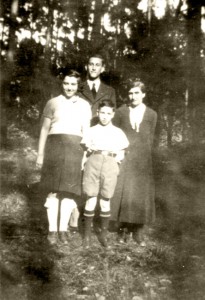
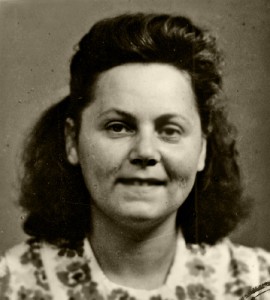
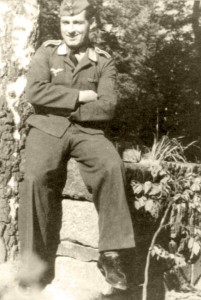
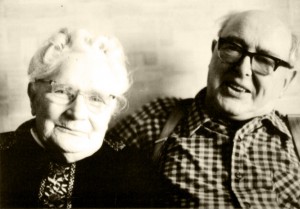

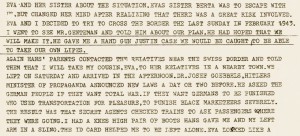
See: Memorial “Stille Helden” in Berlin, especially the biographies of Dr. Fritz Kahl, Robert Eisenstädt and Hans Waider; Shoah Foundation interview with Robert Eisenstädt in: USHMM Washington D.C.; Petra Bonavita: Mit falschem Pass und Zyankali, Stuttgart 2009, pages 17-23.